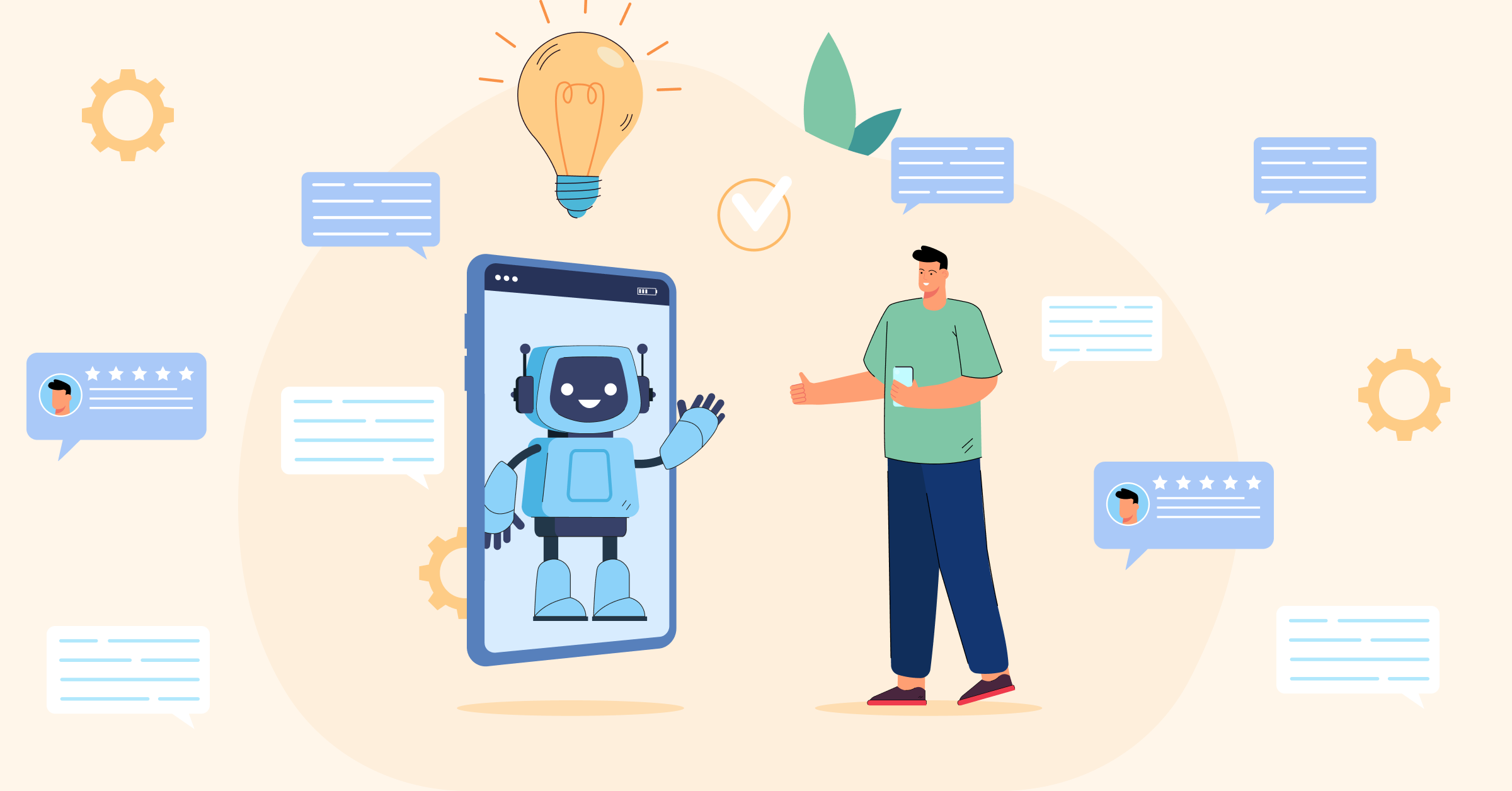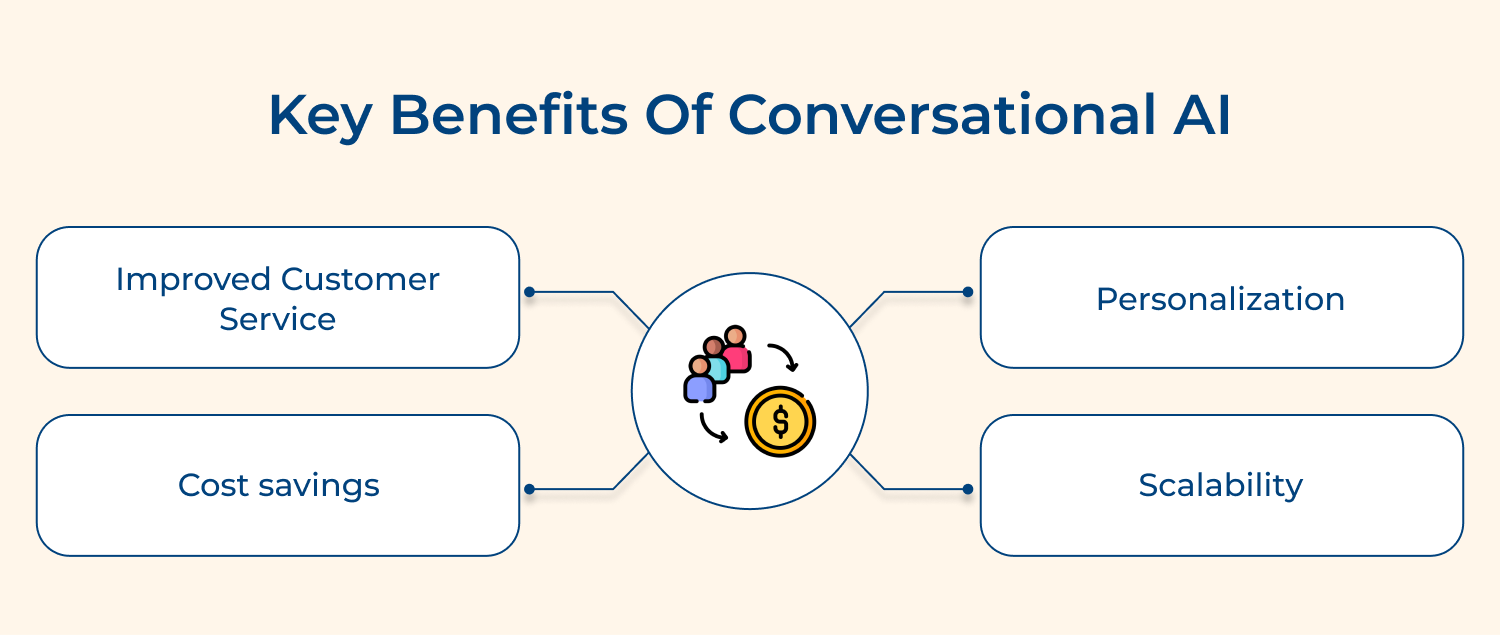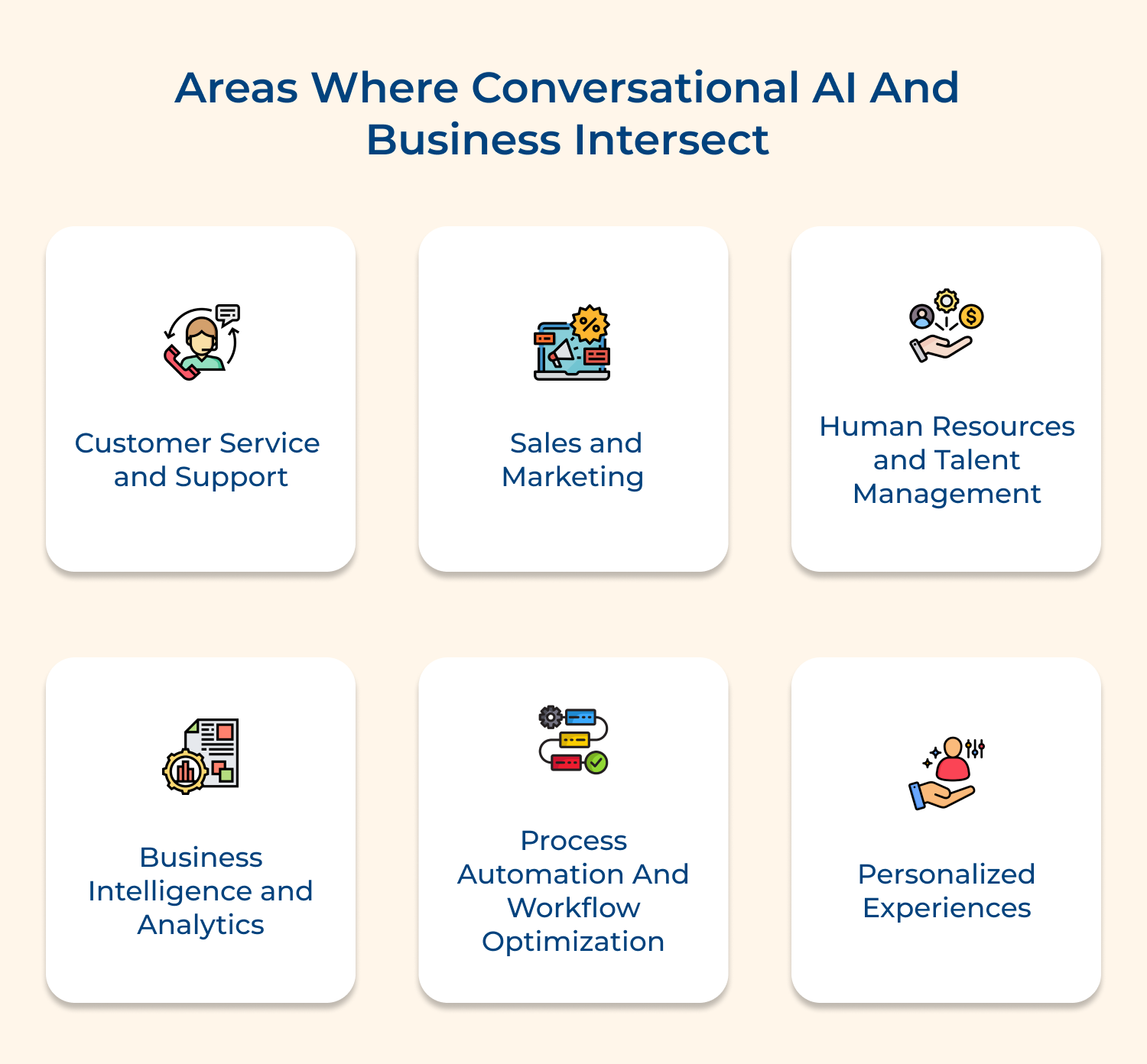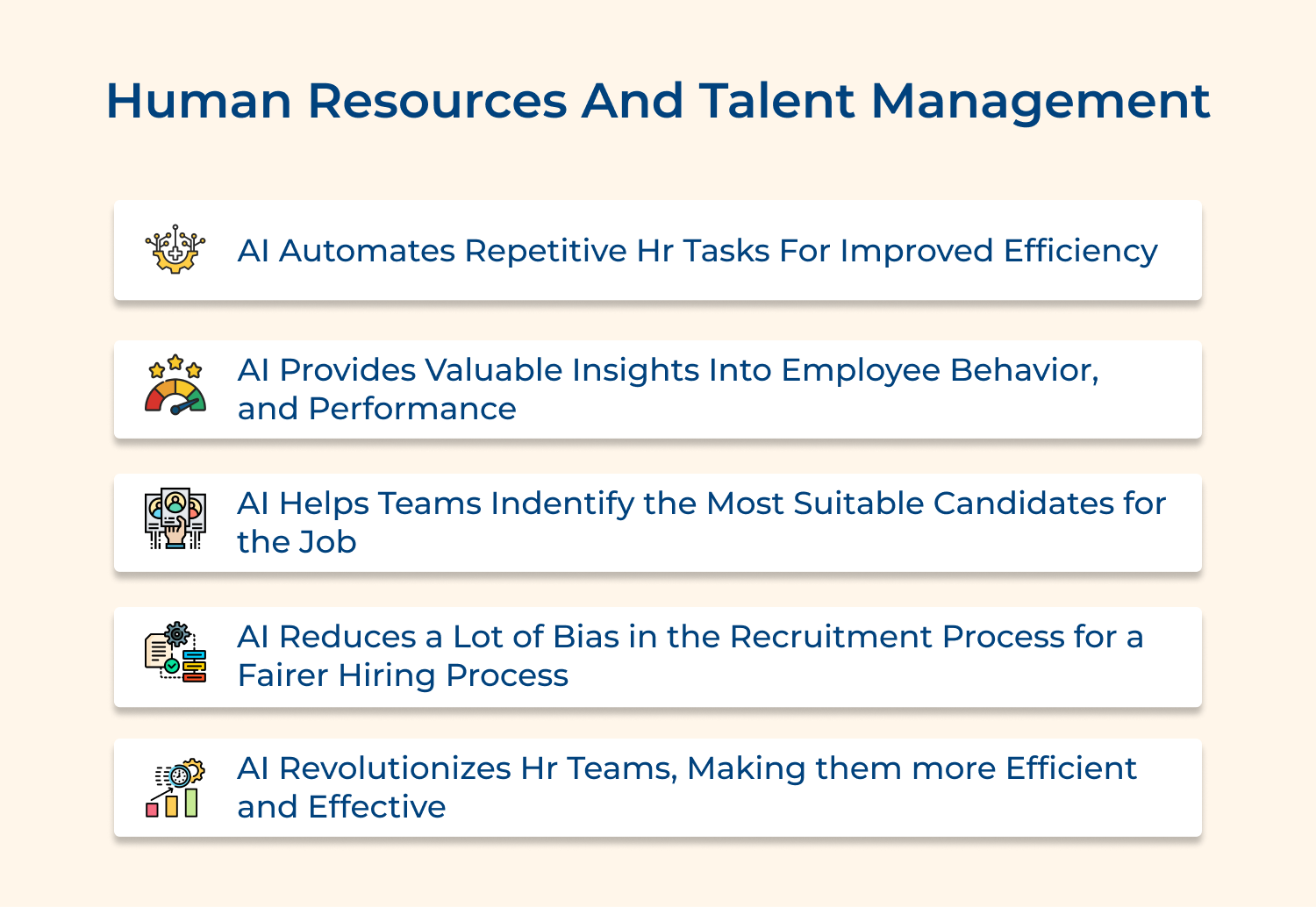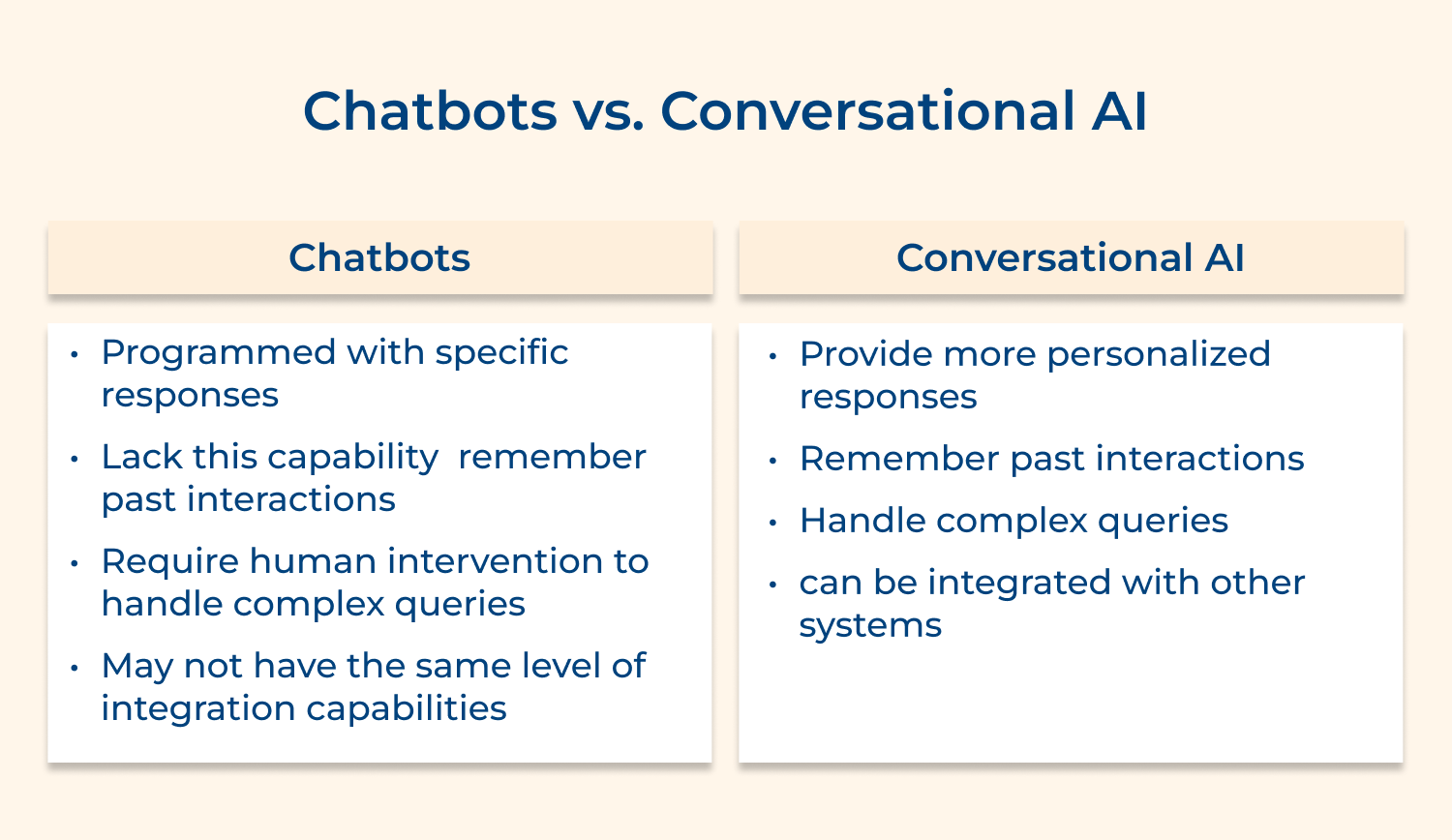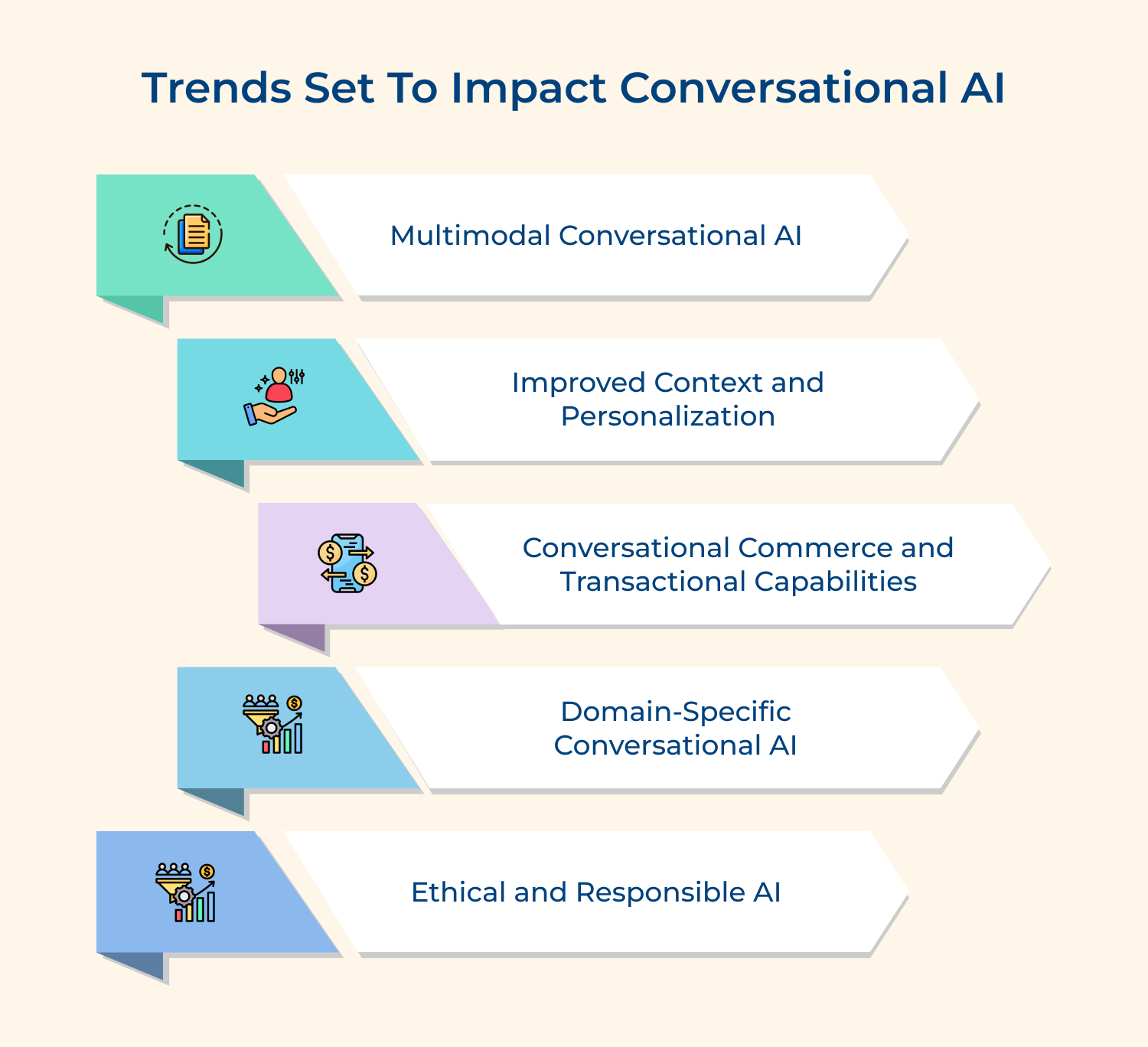Virtual assistants can assist in talent acquisition, employee training & development by offering personalized learning experiences and on-demand access to knowledge resources.
Example: A multinational corporation deploys a conversational AI assistant to streamline its recruitment process. The assistant can answer common questions from job applicants, schedule interviews and provide information about company culture or job roles, enhancing the candidate experience.
4. Business Intelligence and Analytics
The top conversational AI trends enable natural language queries and interactions, facilitating the analysis or interpretation of complex data.
Employees can pose questions to virtual assistants, which can retrieve relevant data, generate insights and present them in an understandable manner, empowering data-driven decision-making.
Example: A financial services firm leverages conversational AI to enable natural language querying of their data warehouses. Analysts can ask questions in plain language and the AI assistant will retrieve relevant data, generate visualizations as well as provide insights to support data-driven decision-making.
5. Process Automation and Workflow Optimization
Deploying the conversational AI trends can streamline and optimize various business processes by enabling natural language interactions with automated systems.
The virtual assistants can guide users through complex workflows, provide contextual assistance & automate repetitive tasks, enhancing efficiency, productivity and compliance across various business functions.
Example: A manufacturing company implements a conversational AI assistant to guide workers through complex assembly processes. The assistant can provide step-by-step instructions, answer queries and ensure compliance with safety protocols.
6. Personalized Experiences
Leveraging natural language processing and machine learning, conversational AI can deliver highly personalized experiences to customers, employees, as well as stakeholders.
Virtual assistants can adapt their responses based on individual preferences, behaviors, and contextual factors, fostering stronger engagement, loyalty, and satisfaction.
Example: A healthcare provider uses conversational AI to deliver personalized experiences to patients. The AI assistant can provide tailored information based on the patient’s medical history, answer questions about conditions and offer reminders for appointments or medication adherence.
Chatbots vs. Conversational AI
Chatbots vs Conversational AI: Both technologies help businesses to interact with their customers through messaging platforms.
